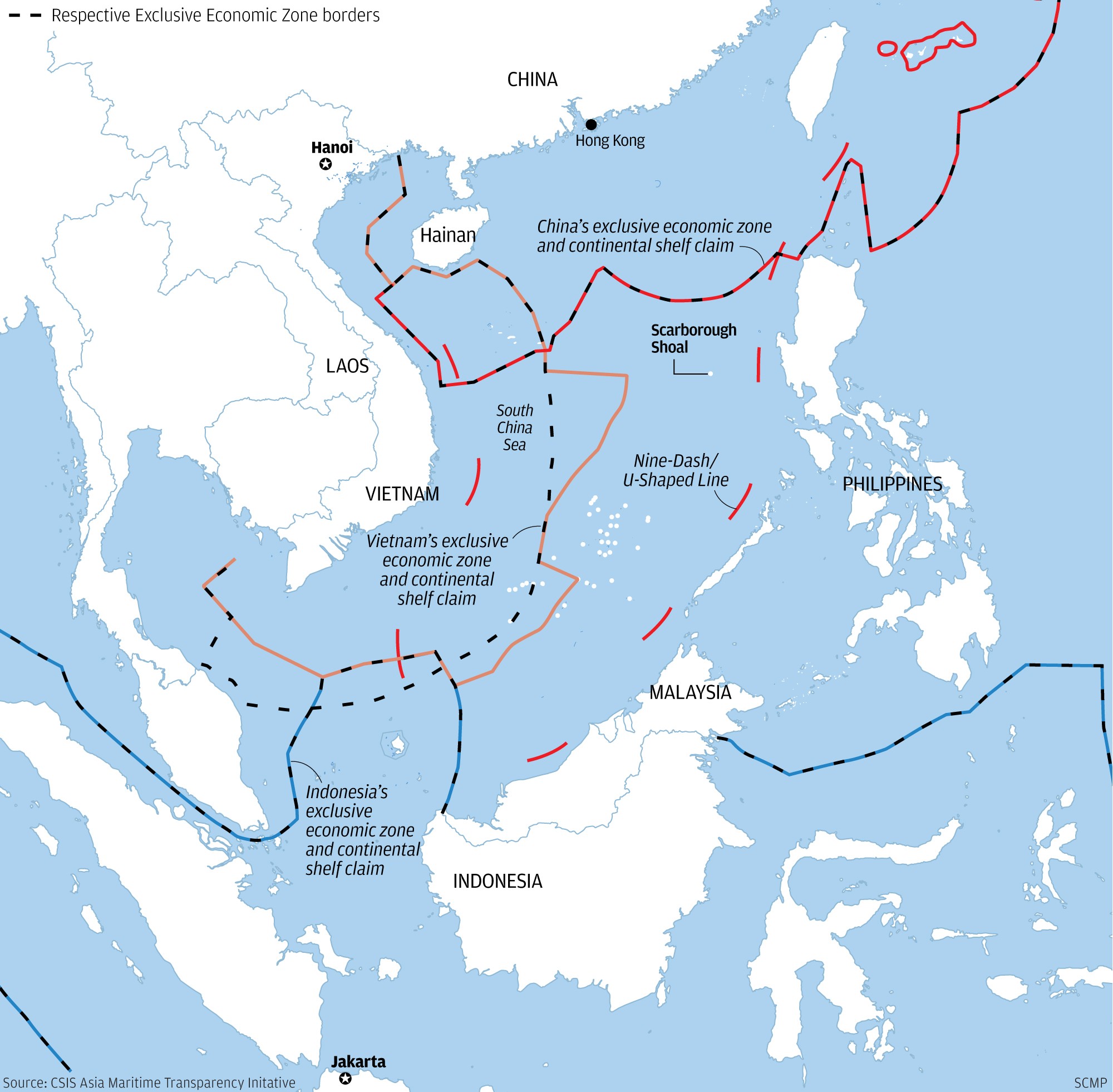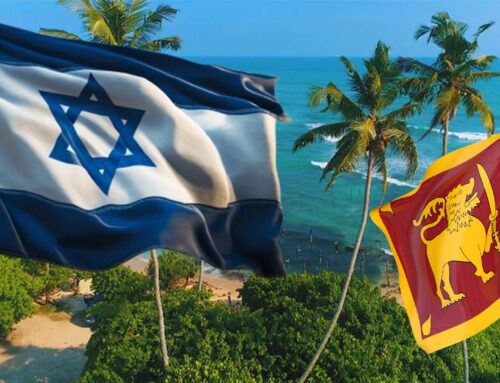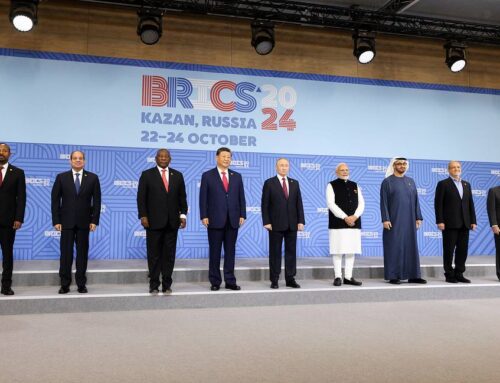13 April 2020, NIICE Commentary 4065
Dr. Satoru Nagao
Facing the COVID-19 pandemic, the top priority for most countries has been to halt the spread of the virus. China, on the other hand, continues its assertive military operations throughout the Indo-Pacific region, despite being the first country to suffer from the virus. Every day from March 4 to April 4, China dispatched coastguard ships around Japan’s Senkaku Island. On March 16, China Coast Guard ships fired a shot, and rammed a Taiwanese coastguard ship near Little Kinmen. On April 4, a China Coast Guard Ship hit Vietnamese fishing boat, sinking it near the Paracel Islands in the South China Sea. The China Coast Guard also detained two Vietnamese ships trying to rescue eight crew members of the sunken ship. China has continued to fortify its man-made islands in the South China Sea, opening two new research facilities in March. The facilities will perform research contributing to the defense of these man-made islands and the deployment of Chinese troops. Even in the Indian Ocean, China has deployed twelve underwater drones called “Sea Wing.” From December 2019 through February 2020, theses drones collected scientific information supporting submarine activities. Additionally, in February, four Chinese Navy warships, including a 052D destroyer and a refueling ship, traveled 300 km from Hawaii’s shores. The 052D’s location was particularly threatening because its YJ-18 cruise missile, with a range of 500 km, could reach US Pacific Command headquarters. This destroyer also laser-targeted a US naval patrol plane in international waters off the coast of Guam. These activities illustrate that while the rest of the world is concentrating their efforts on combating COVID-19, China’s aggressive behavior toward its neighbors remains unchanged.
China’s Motivation
The COVID-19 outbreak has had little effect on China’s goals or its efforts to address two primary security concerns. The first concern is the defense of China’s coastal areas. Many cities and industrial areas along the coastline are key to China’s economic development. To keep adversaries from critical coastal infrastructure, China has been deploying armed forces and building artificial islands. Moreover, China not only aims to prevent enemy encroachment near its coastal waters—in the East China Sea, near Taiwan, and the South China Sea—but is pushing its defensive activity as far as Hawaii.
Of grave concern, China may also be seeking to deploy a nuclear weapon in the South China Sea, which would make its defensive line practically invincible. Were China to deploy nuclear-armed submarines in the South China Sea, the US would need to take great care to avoid a conflict that could escalate into a nuclear war. With the situation so combustible, who can afford to take risks in the South China Sea? Hence, a nuclear-armed submarine has the potential to make China’s fortress in the South China Sea nearly impenetrable.
Another security concern is Beijing’s “Malacca dilemma.” China’s economic development depends on sea lines-of-communication (SLOC) that run through the US-controlled Malacca Strait. A US Navy blockade of the strait would bring China’s economic activity there to a halt. To mitigate this risk, China has created new energy and trade routes: Middle East-Pakistan-China, Middle East-Myanmar-China, and others. Nevertheless, Beijing still has cause for worry about security in the Indian Ocean. To counter threat that the US and India might pose, China has decided to establish a presence in South Asia. China has begun construction of a port in Sri Lanka and is also constructing ports in other countries bordering the Indian Ocean, such as Pakistan, Bangladesh, and Myanmar. Both the US and India refer to this as the ‘string of pearls’ strategy, while China says these projects are part of its Belt and Road Initiative (BRI). China has deployed military forces to secure the routes, including establishing a base in Djibouti, performing scientific research to support the deployment of forces, and deploying naval and land forces in the Indian Ocean region. According to the chief of India’s Navy, China has a constant presence of six to eight warships to the Indian Ocean.
The US Response
Will China take control of these areas? The key lies in the US’s response. Currently, the US is increasing efforts to prevent China’s activities. In both January and February, the US Navy performed freedom of navigation operations in the vicinity of China’s man-made islands in the South China Sea. The US did so to demonstrate that China could not claim the 12-miles of sea surrounding the islands as territorial waters. In February, the US conducted live-fire missile drills near the South China Sea. And late-February marked the first time that US F-35 fighters participated in international exercises in Thailand. In March, a US aircraft carrier called at a port in Vietnam. Later that month, President Donald Trump signed the TAIPEI Act, which is aimed at strengthening the US’s relationship with Taiwan.
Going forward, however, COVID-19 may significantly shape the US’s China policy—directly and indirectly. The US is frustrated that China was not only the source of the virus, but also hid information that ultimately led to its rapid global spread. The rapid spread that caught so many off guard has prompted some US officials to call the pandemic this generation’s “Pearl Harbor.” The COVID-19 crisis will undoubtedly affect the outcome of the US presidential election in November and attitudes toward China. Once the US overcomes the virus’s peak and readdresses its China strategy (whether under the current administration or a new one), the approach that the US chooses will affect the security situation throughout the Indo-Pacific.



